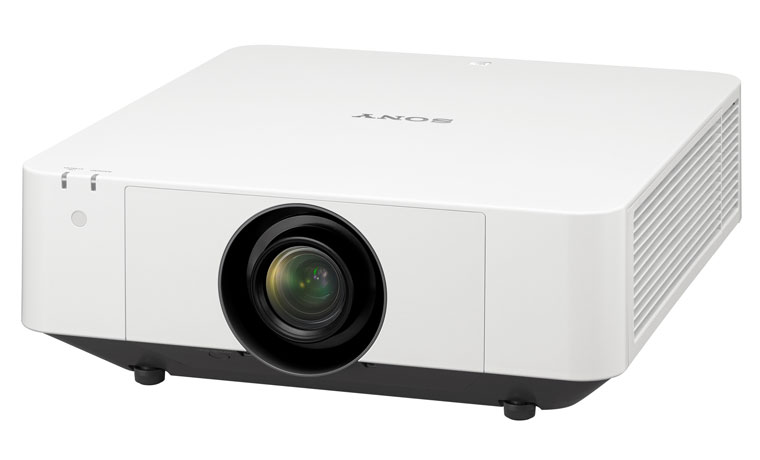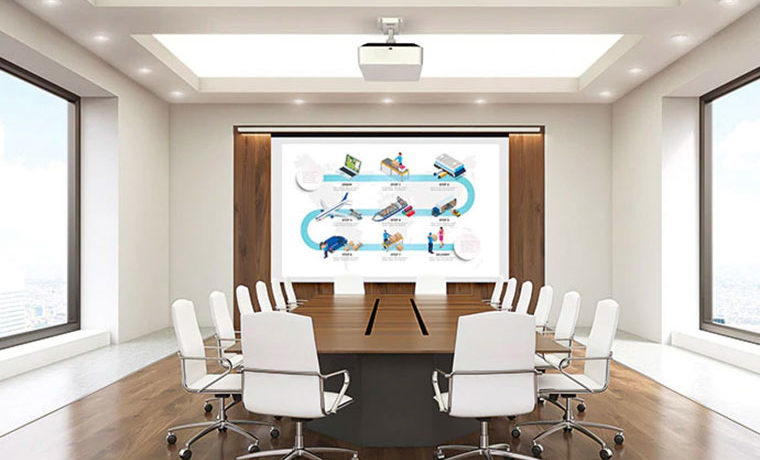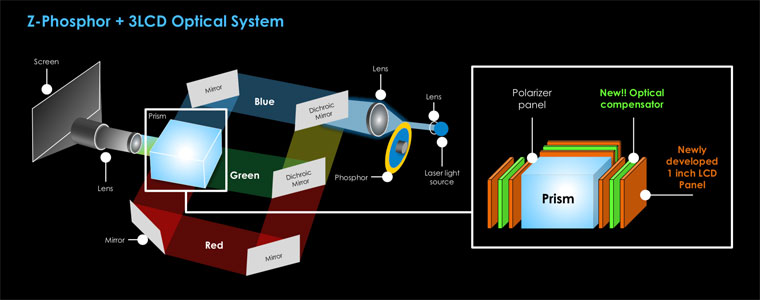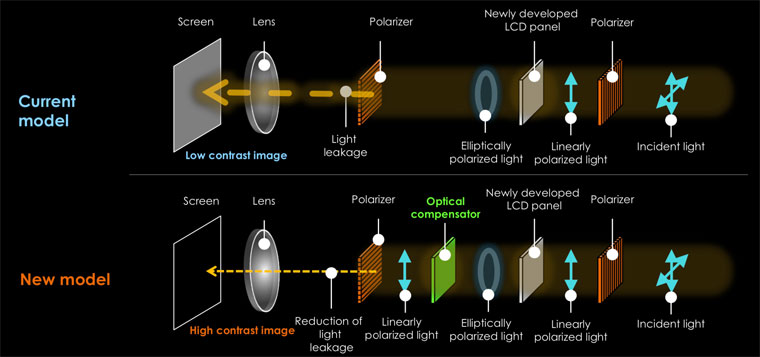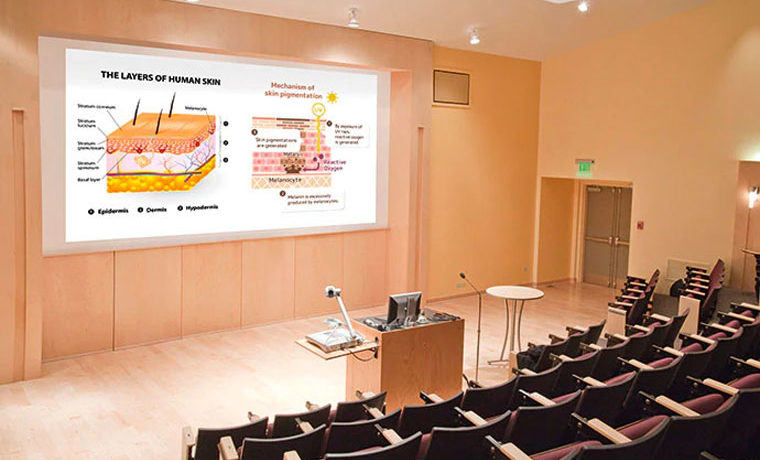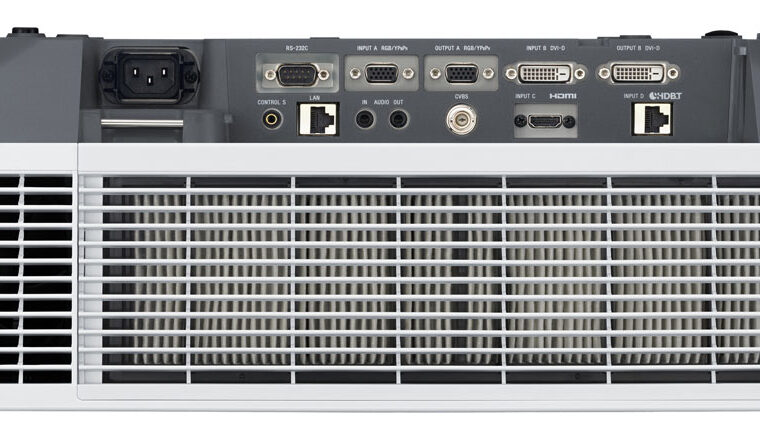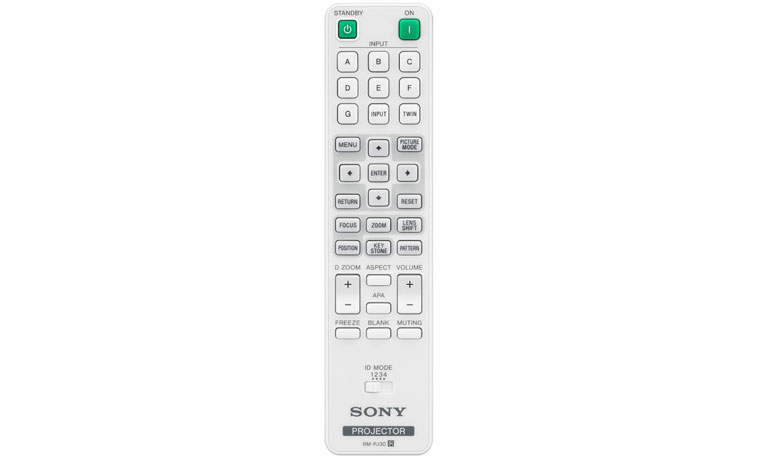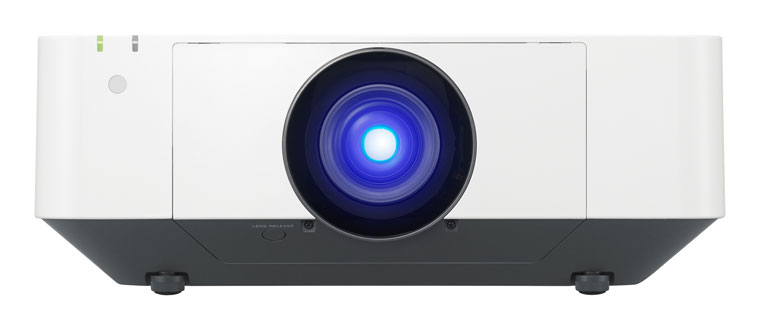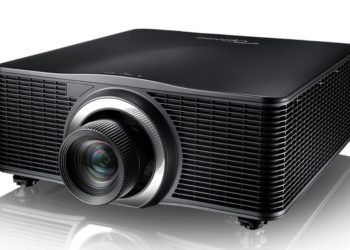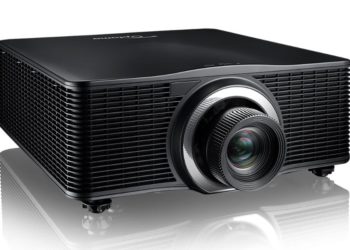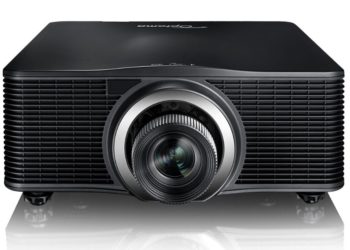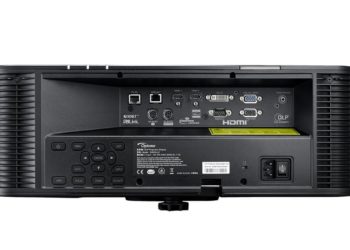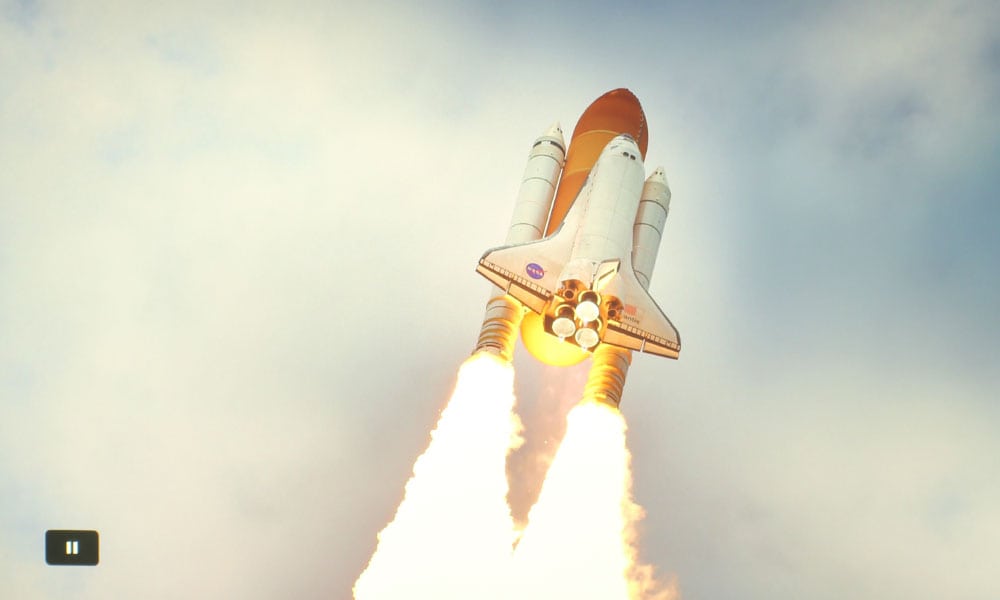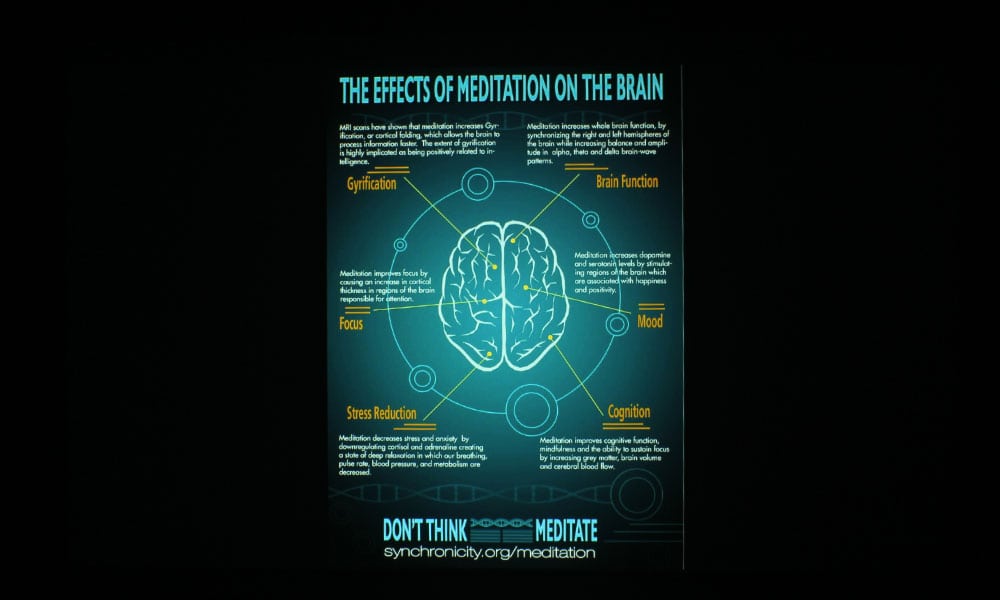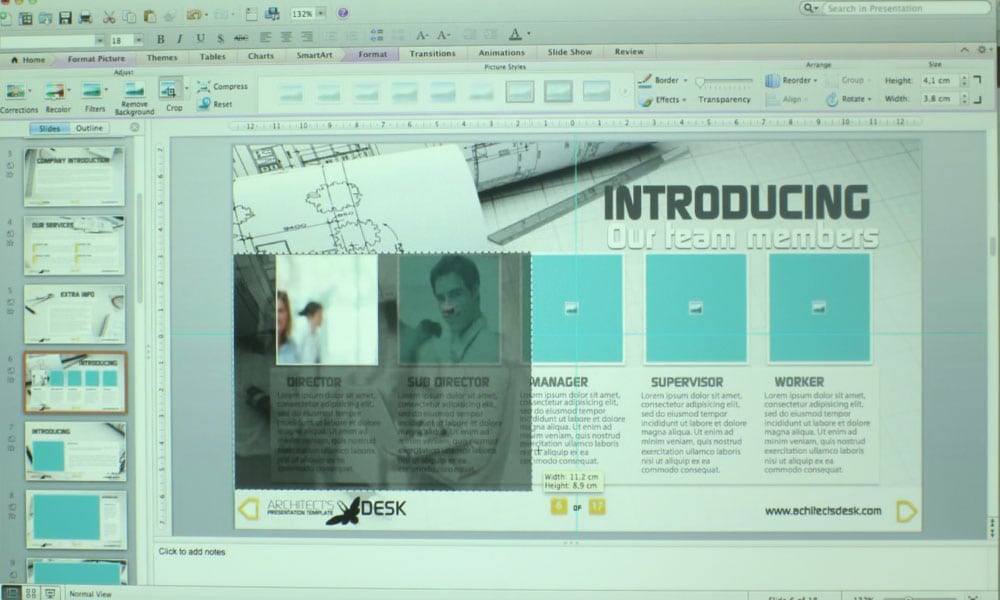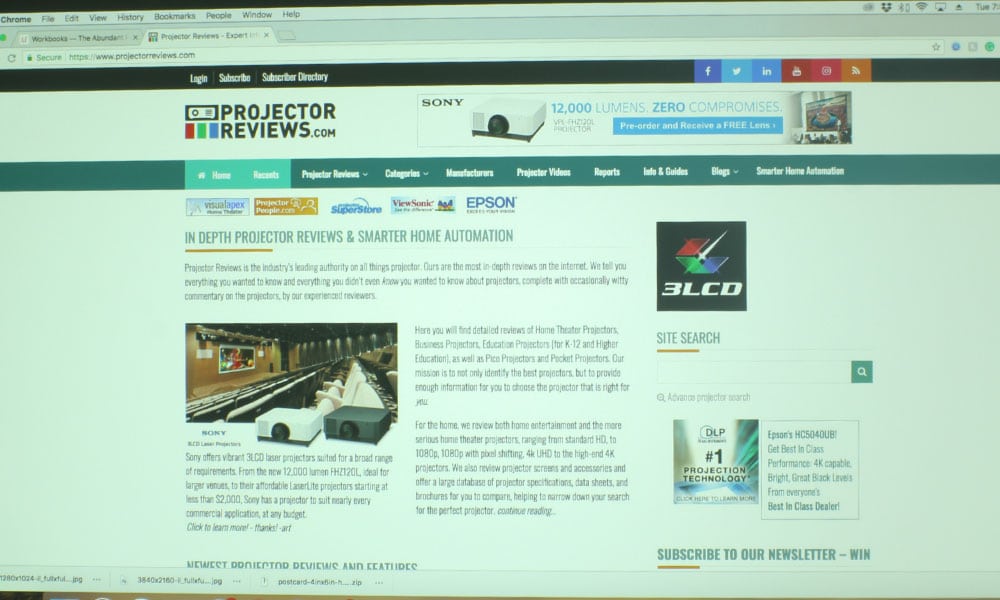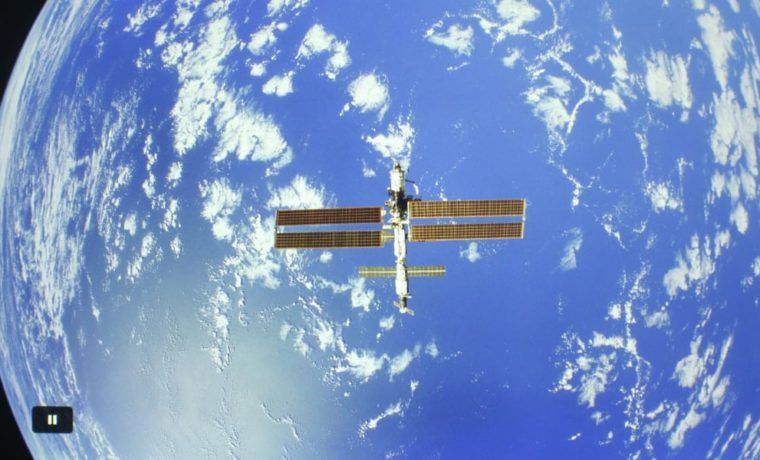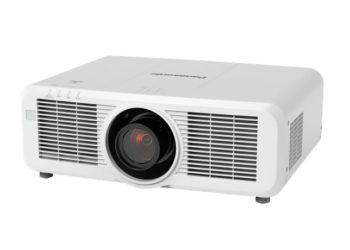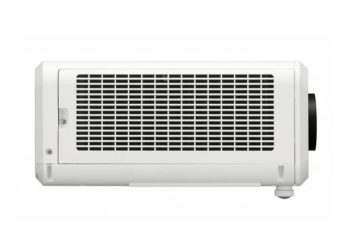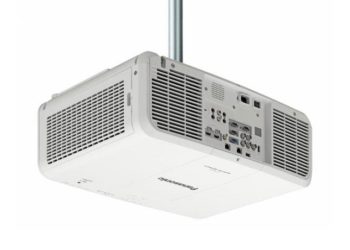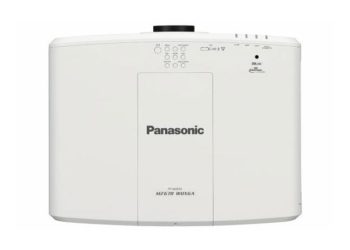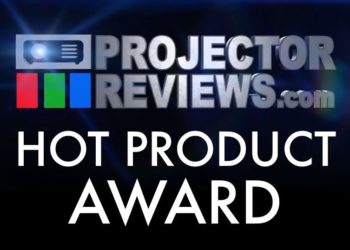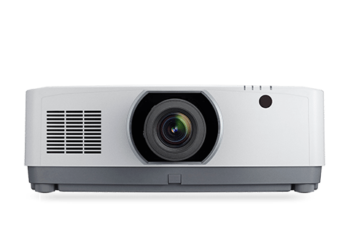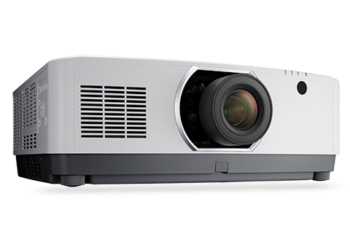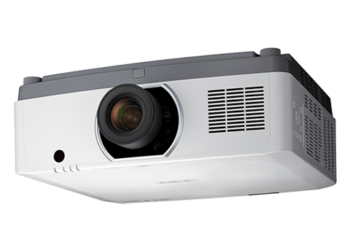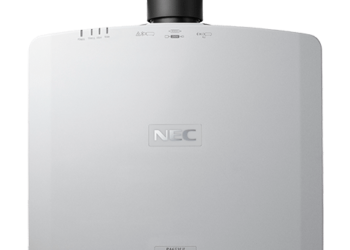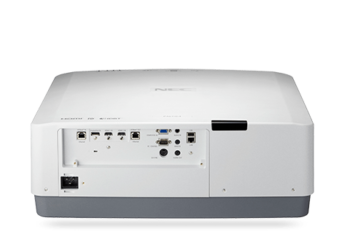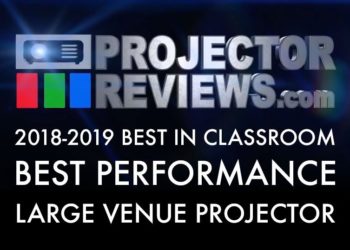The Panasonic PT-MZ670U arrived on my doorstep on June 8th, and I’ve only just gotten around to reviewing it. The reason for this is that just two weeks prior, I had an accident involving a metal door and 14 mph winds, which rendered two fingers on my left hand useless and unable to bend. If you know anything about hands, or even just flex your fingers and have a look at the top of your own hand, you’ll know that all of the tendons come together and it’s practically impossible to keep the tendon of one finger from moving when you move another. All this to say – my whole left hand is unusable (even six weeks later).
So when this giant road case appeared at my door, I just kind of stared in disbelief, like “how am I going to get this inside,” before noticing it had wheels. Great! I used my good hand to roll it to my door and then – CLANK. Apparently, my door is about two inches off the ground. I hadn’t noticed before. At this point, I tried to heave this case that’s almost as big as I am into my house by hooking my left arm under the handle and yanking with my right hand and body weight, not realizing that as I flexed my left arm, my hand would flex also.
Obviously, I hurt myself. Thankfully, the UPS driver saw my struggles and came back out of her truck to get it into the house. After that, I quickly realized I wouldn’t be able to lift the thing onto my shelf by myself, so it has sat in its case, waiting to be reviewed. I thought about starting to write the first pages of the review several times, but these things tend to be 8 Pages and thousands of words long, and I could barely even get a steady work schedule down, let alone fathom writing a full review.
Fast forward to now, it’s mid-July and I am writing this review on my iPad, jabbing the letters one at a time until Siri decides to grace me with the correct words from her predictive text function. All I can say is, thank The Maker for the iPad and Microsoft Word app, because without them, I doubt you’d see a review from me for the next several months.
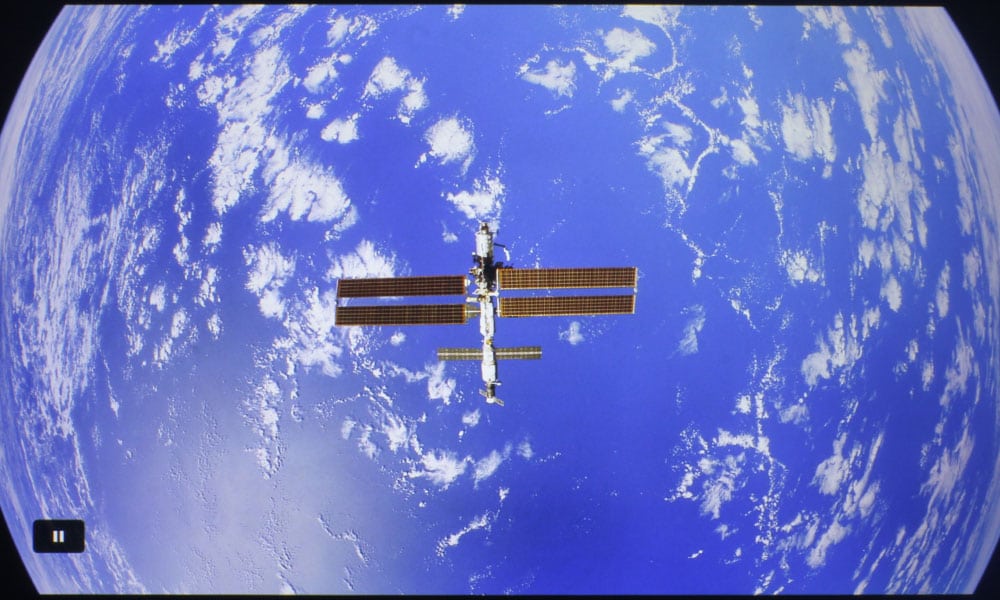
The Panasonic PT-MZ670U is really sharp and has great color in multiple modes.
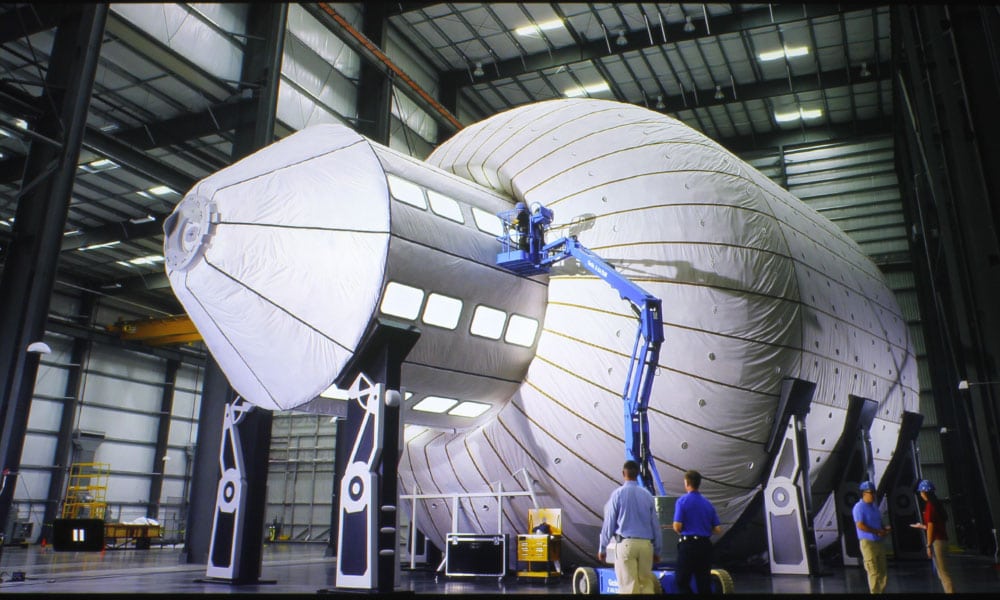
Cinema Mode looks great with Blu-ray disks.

Educational shows look good when streaming.
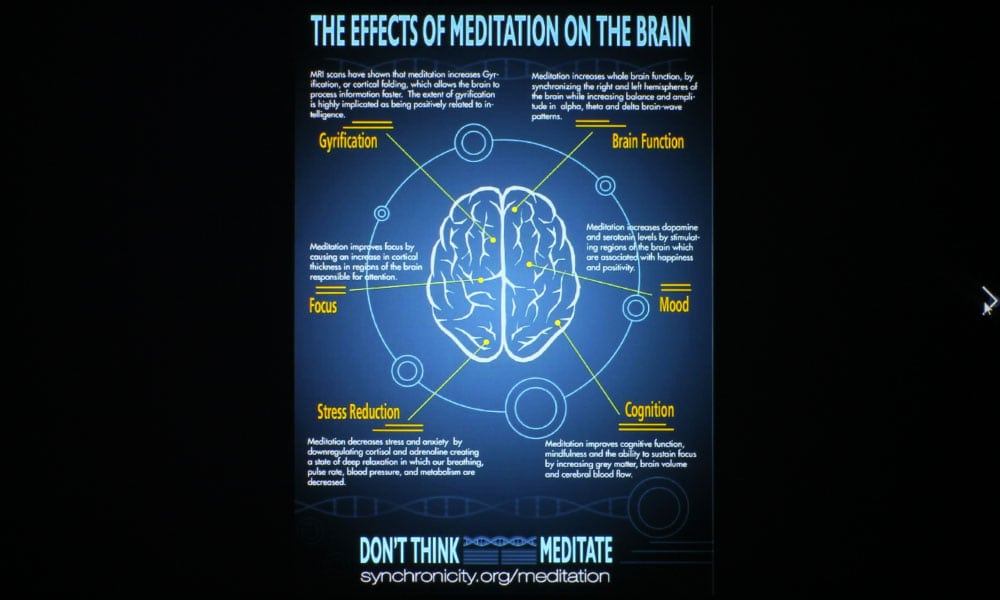
Infographics are clear and the colors are close to the originals when projecting presentations in Standard Mode.
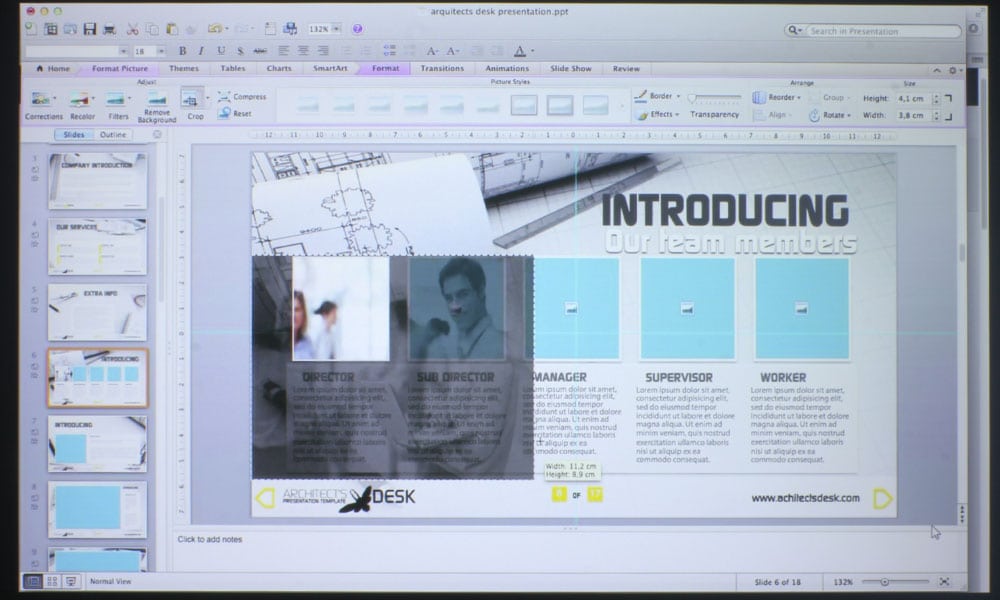
Text from PowerPoint presentations are sharp and readable.
❮
❯
Alright, enough backstory. As mentioned, the Panasonic PT-MZ670U has a laser light engine. Its projection technology is 3LCD – this is my favorite combination of technologies for projectors. The brightness of a 6,500 lumen laser light engine paired with the awesome color that is characteristic of projectors with 3LCD panels, as 3LCD equates to having as many color lumens as there are white ones, always get me stoked to see the projector in action.
Laser projectors tend to cost more upfront than their lamp based counterparts due to the fact that their long-term cost is lower. Lamp based projectors generally require more maintenance over their lifetime – their lamps need to be replaced sooner than laser light engines or LED light engine. For example, a lamp can be expected to last anywhere between 3,000 and 6,000 hours running at full power, with the brighter projectors claiming the shortest life span.
Laser projectors like this Panasonic claim up to 20,000 hours. Laser projectors also tend to not need as much maintenance on filters, and in the case of the Panasonic PT-MZ670U, its filter lasts up 20,000 hours and then can be taken out, washed, and reused. Pretty cool. It's got some other rather interesting functions, but I’ll save that discussion for the next page where I’ll touch on the MZ670U’s special features. After that, we’ll take a tour of the Hardware, discuss Picture and Sound Quality, then Performance. I’ll sum it all up for you in the end, with a list of pros and cons so you can determine whether the Panasonic PT-MZ670U projector is right for your business and education applications.

